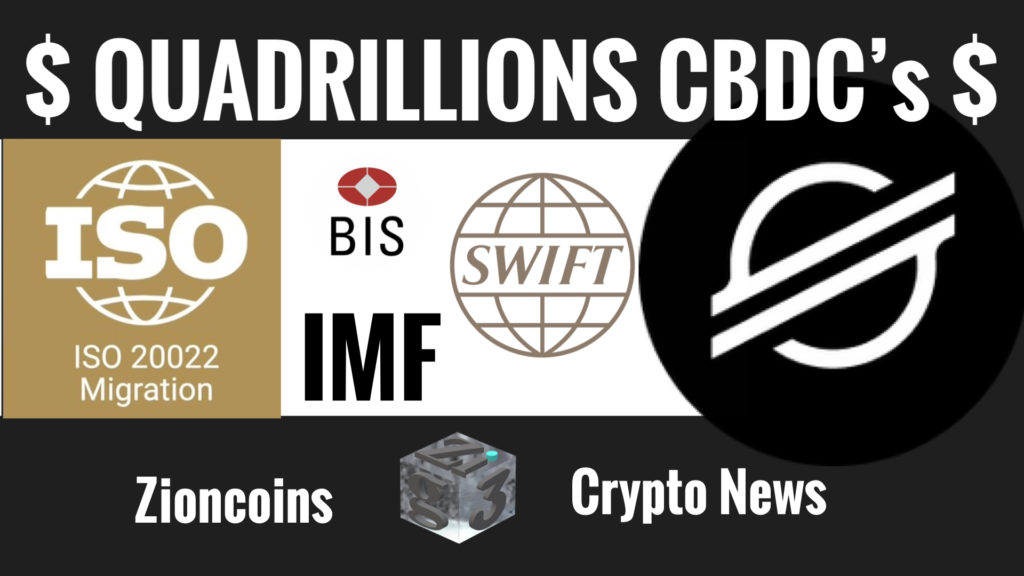
The thing about CBDC’s
Central Bank Digital Currencies (CBDCs) are becoming a trend in digital currencies. The International Monetary Fund (IMF) has created a blueprint for CBDCs, which is expected to lead to easier compliance checks, cheaper cross-border payments, and easier capital controls. However, CBDCs give the central bank absolute control over regulating the use of Central Bank liability. This feature would potentially lead to a conflict with decentralized cryptocurrency such as Bitcoin, XLM, XRP, and Ethereum, which provide people’s money. The IMF has always been vocal that CBDCs could be programmable money, allowing government agencies and private sector players to create smart contracts and support targeted policy functions such as welfare payment, consumption coupons, and food stamps.
Programmable money what does that mean?
The potential programmability of CBDCs can help government agencies support those in need and improve financial inclusion. Cryptocurrency, on the other hand, offer a decentralized ledger that is traceable and can be accessed within seconds. In comparison, CBDCs are expected to be an internal digital system controlled by the government, which could potentially be harmful to welfare recipients. CBDCs are expected to be interoperable with cryptocurrencies, but they may lead to conflicts between decentralized and central control systems.
Vital points to Conclude
It’s clear digital currency is here and here to stay. However, some skeptics may think CBD C’s could stifle innovation of Blockchain technology like crypto currency. You may find this to be the case within the USA as the sec chairs have brought lawsuit after lawsuit to Coinbase, Binance Ripple and countless other fin, tech, firms and exchanges. Having said that around the rest of the world, they seem to welcome cryptocurrency with open arms. So much so that ISO 20022 has a standard to technical committee to ensure interoperability with the new standard, which is deemed to be a part of international CBDC sees the IMF talks of.
